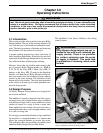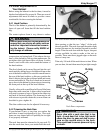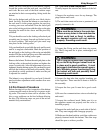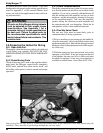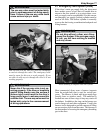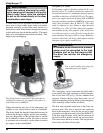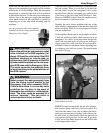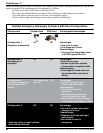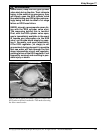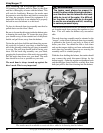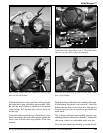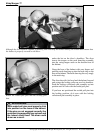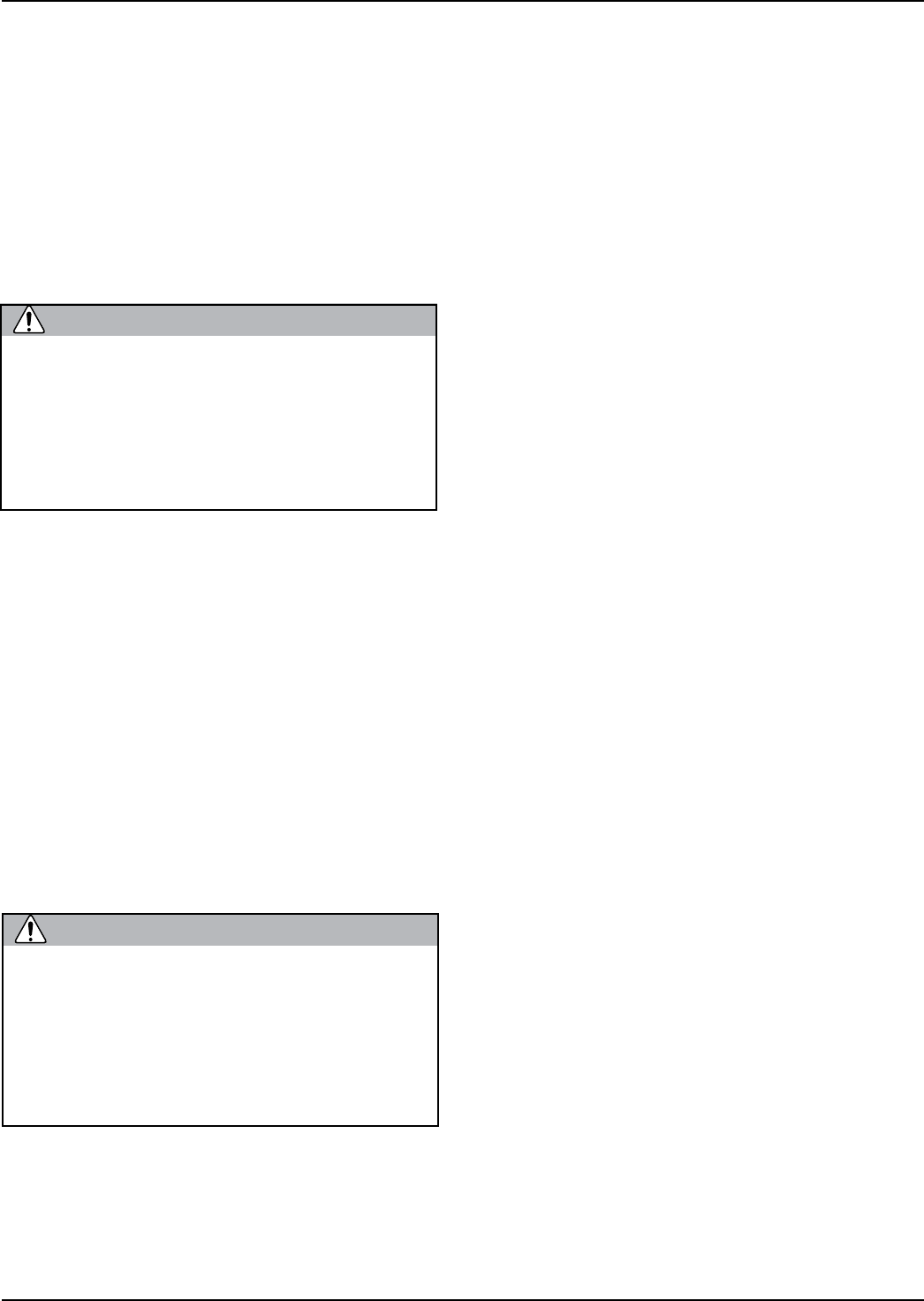
42
© Copyright 1970-2008 Kirby Morgan Dive Systems, Inc. All rights reserved. Document #080626002
Kirby Morgan 77
3.3 First Use of Your Kirby Morgan
Diving Helmet
When you first receive your Kirby Morgan diving
helmet, carefully unpack it and examine it for any
damage that may have occurred during shipment.
Use the inspection sheet provided to ensure that no
damage has occurred. The purchaser must contact
the freight carrier and/or the KMDSI dealer if the
helmet has been damaged in shipment.
Early production of the REX 77 helmet had a much
different surface finish than what is found on current
production runs.
Earlier helmets shells and components were finished
using a combination of glass and Stainless Steel
beads; this gave a dull or flat looking surface finish.
Later shipments have a surface finish with a much
smoother and almost shiny appearance. Although the
parts are not shiny, the surface finish is very smooth.
A Scotch-Brite
®
, (or similar non metallic), scouring
pad will remove buildup of unwanted surface depos-
its on both older, and newer REX 77 helmets. It can
also be used to give the main helmet components on
newer helmets, a satin (brushed ) finish.
Be sure to complete the enclosed warranty card
and return it to KMDSI immediately. No warranty
claims will be honored without a correctly com-
pleted warranty card on file at KMDSI.
The diver must be tended at the surface at all times
by a trained, qualified commercial diving tender.
Never dive without a qualified tender holding your
diving hose.
The diving control station can be at the surface, in
a diving bell, or in a submerged habitat. The diving
control station is the center of the air/gas supply, com-
munications with the diver, and diving procedures.
The station can be as simple as a tender with a set of
“phones” (communication amplifier), or as complex
as a control van in the midst of a saturation system.
For maximum breathing performance it is desirable
to maintain an over bottom supply pressure in ac-
cordance with the low-pressure and high-pressure
supply tables found in Chapter 2 of this manual. With
the many different gas supply console configurations
in use, it is important to ensure that the gas supply
system used, is capable of supplying the helmet with
the necessary pressure and flow of gas to allow the
diver to work safely and efficiently.
There are also detailed checklists for the set-up and
maintenance of your helmet on the Dive Lab web site
at www.divelab.com.
WARNING
High pressure supply regulators and as-
sociated piping systems for surface sup-
plied diving with Kirby Morgan helmets
and masks must be capable of delivering
a minimum of 3.2 acfm to the diver at
depth. Only systems that can deliver the
required gas flow should be used.
KMDSI manufactures a complete Air Control System,
the KMACS 5™ with integrated communications
and pneumofathometer. This portable system can be
operated on either a high pressure air supply or on a
low pressure compressor. The Air Control System has
a specially designed high pressure regulator that re-
duces high pressure air and provides an adequate flow
to support divers to a depth of 130 fsw (40 msw)
The helmet demand regulator and side block assem-
blies have been designed to operate with a supply
pressure from 130 p.s.i.g. (8.8 bar) to 225 p.s.i.g.
(16 bar) over ambient pressure. This wide operating
range allows flexibility when using various gas sup-
ply systems.
WARNING
All diving always involves the risk of
decompression sickness. Omitted de-
compression due to loss of gas supply or
other accidents can cause serious injury
or death. The use of the Kirby Morgan
helmets or masks cannot prevent this
type of injury.



